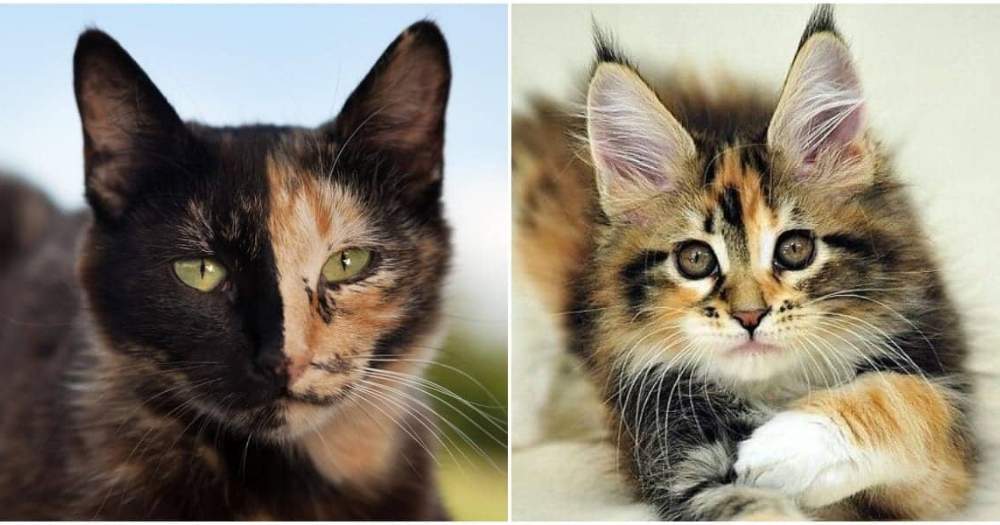If you adore cats, you are aware that there are many different breeds of cats, each with distinctive characteristics and personalities. Even if you are familiar with the traits of one type of cat, it can occasionally be challenging to distinguish it from another.
In this article, I’ll talk about how to tell the difference between tabby, calico, tortoiseshell, and tortie cats, which are some of the most popular cat and kitten breeds. All of these types can be told apart from each other by their unique traits and color patterns.
Understanding the variations between them might be useful whether you’re thinking about adopting a new cat or just want to learn more about these lovely animals. By the time you’re done reading, you’ll be able to recognize various varieties of cats, both as adults and as kittens, and enjoy their individual characteristics.
Calico Cats
White, black, and orange make up the tri-color coat that distinguishes calico cats from other felines (or red). Usually, the color is distributed unevenly across the body in patches of various sizes and forms. Some calico cats may also have other hues, such cream or gray.
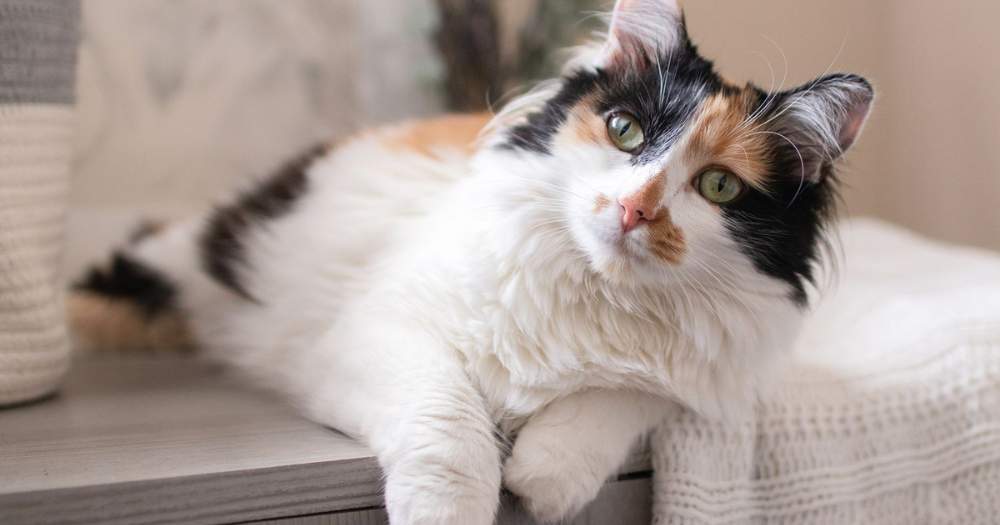
Given that a gene on the X chromosome is responsible for the tricolor pattern, calico cats are virtually always female. Since calico cats need two X chromosomes to inherit the tri-color pattern, they are uncommon and often sterile.
Calico cats differ from other cat breeds in physical characteristics in addition to their tri-colored coat. They can, for instance, have a rounder face or a more compact body. Additionally, compared to other cats, calico cats have a tendency to be a little more reserved and independent.
It’s crucial to remember that calico kittens’ coats could not have fully acquired the tri-color pattern when recognizing them. Instead, they might have a coat that is mostly white with a few colored spots; as they age, this may change.
Overall, calico cats are favored by cat owners due to their eye-catching looks and distinctive dispositions.
Tortoiseshell Cats
Known as “torties,” tortoiseshell cats have a coat pattern akin to calico cats but with two distinct colors: black and orange (or red). Tortoiseshell cats have a distinctive and eye-catching appearance due to the way the colors are mixed together to create a mottled or marbled pattern.
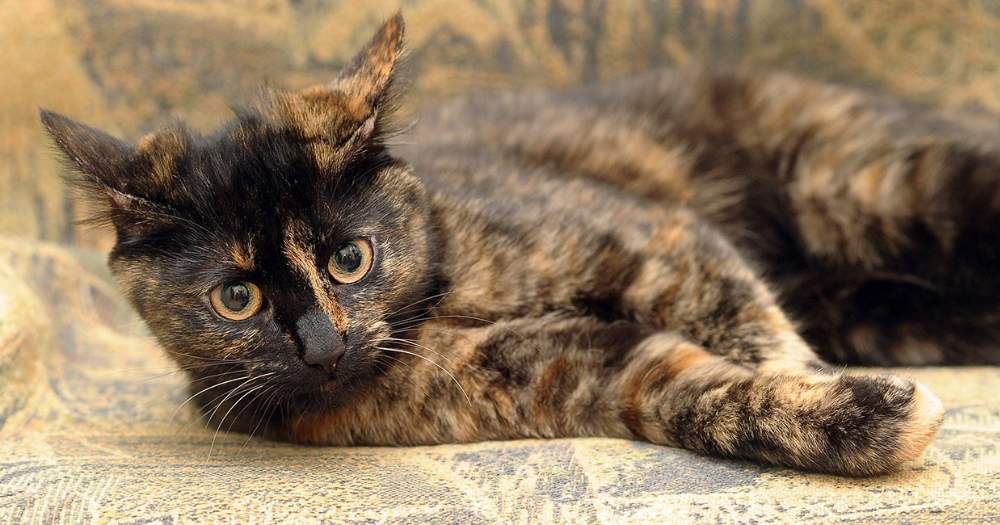
Due to the genetic inheritance of their coat pattern, tortoiseshell cats, like calicos, are nearly entirely female. Even though they are uncommon and normally sterile, male tortoiseshell cats do occasionally have an extra X chromosome.
Tortoiseshell cats differ from other cat breeds in physical characteristics in addition to their distinctive coat pattern. They might have more oval-shaped eyes, a slimmer build, and a stronger sense of independence. Tortoiseshell cats have a reputation for being fiercely devoted to their owners and forging close relationships with them.
It’s crucial to remember that a tortoiseshell kitten’s coat pattern could not yet be fully formed when identifying them. They might have a coat that is primarily black or orange with a few patches that are the opposite color that will get darker as they age.
In general, tortoiseshell cats are favored by cat enthusiasts due to their distinctive appearance and strong personality.
Torbie Cats
Torbie cats combine tabby and tortoiseshell patterns, and are also referred to as “patched tabbies.” Torbies have a mottled or marbled coat pattern similar to tortoiseshell cats, but instead of black and orange (or red), the colors are a mixture of brown, black, and red. The coat has recognizable stripes or spots that are part of the tabby pattern.
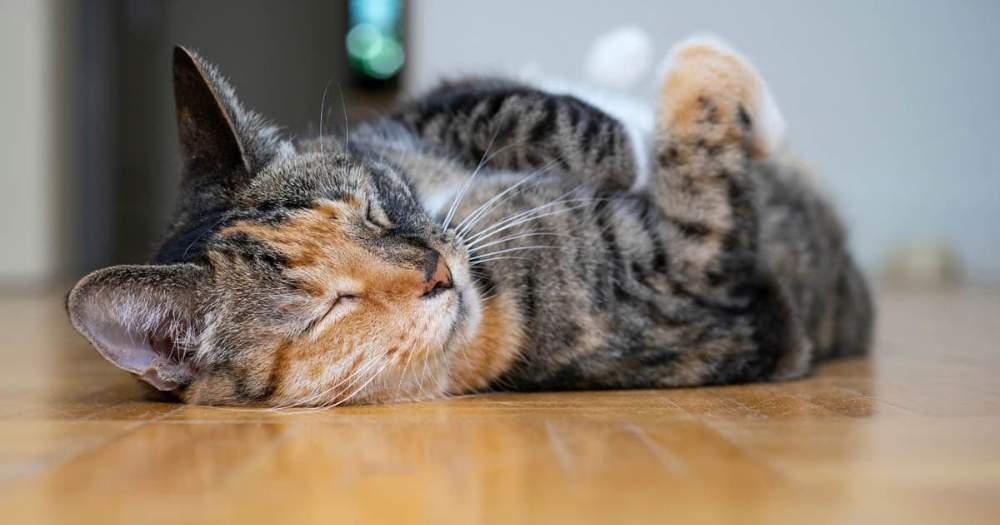
Due to the fact that the combination of coat patterns on Torbie cats is unrelated to gender, they can be either male or female. Additionally, they have a number of morphological characteristics that may set them apart from other cat species, including a more muscular body type, an identifying “M” shape on their forehead, and big, expressive eyes.
Torbie cats are reputed to have a playful and vivacious nature and a fondness for affection. Because of their high energy level and potential for vocalization, they may require more playing and exercise than other cats.
Torbie kittens should be recognized because their coat pattern may not yet be fully formed. As they age, the black patches in their coat, which may be primarily brown or red with a few, will probably become more pronounced.
Overall, torbie cats are a rare hybrid of two exquisite coat patterns and are renowned for their affectionate and active attitudes.
Tabby Cats
One of the most popular cat breeds, tabby cats are distinguished by their characteristic coat patterns. The tabby pattern on a cat’s coat consists of stripes or swirling designs in a range of colors, including brown, gray, orange, and black.
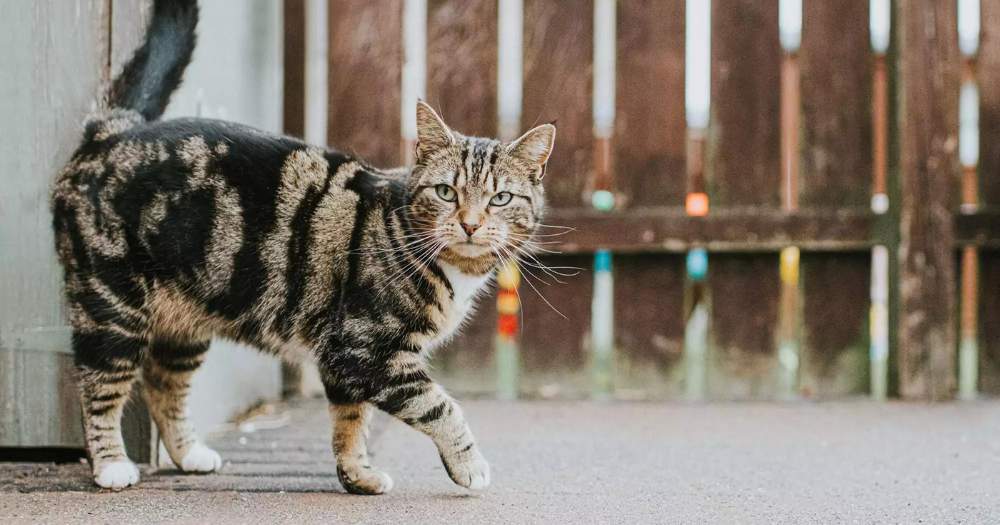
Tabby cats can have a wide range of morphological characteristics, including round or almond-shaped eyes, a strong build, and an obvious “M” shape on the forehead. Additionally, they exhibit a number of personality qualities, including playfulness, curiosity, and affection.
Classic tabby, mackerel tabby, spotted tabby, and ticking tabby are just a few of the several tabby pattern varieties. Mackerel tabby cats have thin, vertical stripes on their coats, as opposed to traditional tabby cats’ swirling stripes. While ticking tabby cats have an even dispersion of color throughout their coat, spotted tabby cats have distinct patches on their coat.
It’s crucial to keep in mind that a tabby kitten’s coat pattern could not yet be fully formed while identifying them. They could have a less distinct tabby pattern on their coat, with just a few spots or stripes. Their pattern will become more pronounced and obvious as they age.
Overall, tabby cats are preferred by many cat owners because of their distinct and attractive coat patterns as well as their friendly and lively attitudes.
Kittens
It can be difficult to determine a kitten’s coat pattern because their coat may not yet be fully formed. To tell whether a kitten is calico, tortoiseshell, torbie, or tabby, there are a few important characteristics to consider.

Observe the kitten’s coloration first. Tortoiseshell kittens have patches of black and orange, whereas calico kittens have patches of black, orange, and white. Torbie kittens will have a tabby pattern with brown, black, and red spots. Tabby kittens will have a range of colored spots or stripes on their coat.
Given that calicos and tortoises are usually always female, it’s also crucial to take the kitten’s gender into account. Torbies and tabbies, however, are gender-neutral.
The kitten’s coat pattern will become more recognizable and easier to distinguish as it ages. It’s crucial to keep in mind that while a kitten’s coat pattern may somewhat shift as it ages, the overall pattern will remain the same.
Overall, close attention and perseverance are needed to determine a kitten’s coat pattern. It becomes simpler to identify a kitten as a calico, tortoiseshell, tortie, or tabby with practice as the distinct traits of each type of cat become more apparent.
Conclusion
In conclusion, recognizing a cat or kitten’s coat pattern can be difficult, but it can be made much simpler by being aware of what makes each type of cat unique. Tortoiseshell cats have a black-and-orange coat that is mottled or marbled, whereas calico cats are recognized for their characteristic tricolor coat pattern. Tabby cats have a distinctive pattern of stripes or spots, whilst torbie cats have a special combination of tortoiseshell and tabby patterns.
It’s crucial to take a kitten’s colour, gender, and coat pattern development into account when identifying it. It is possible to recognize a kitten’s coat pattern and appreciate each type of cat’s distinct beauty with careful attention and patience.
All cats, regardless of breed, are lovely and distinctive in their own right. Each variety of cat has unique characteristics that make them ideal companions, whether you prefer the unusual coat pattern of a calico, the mottled beauty of a tortoiseshell, the playful nature of a torbie, or the eye-catching stripes of a tabby.

